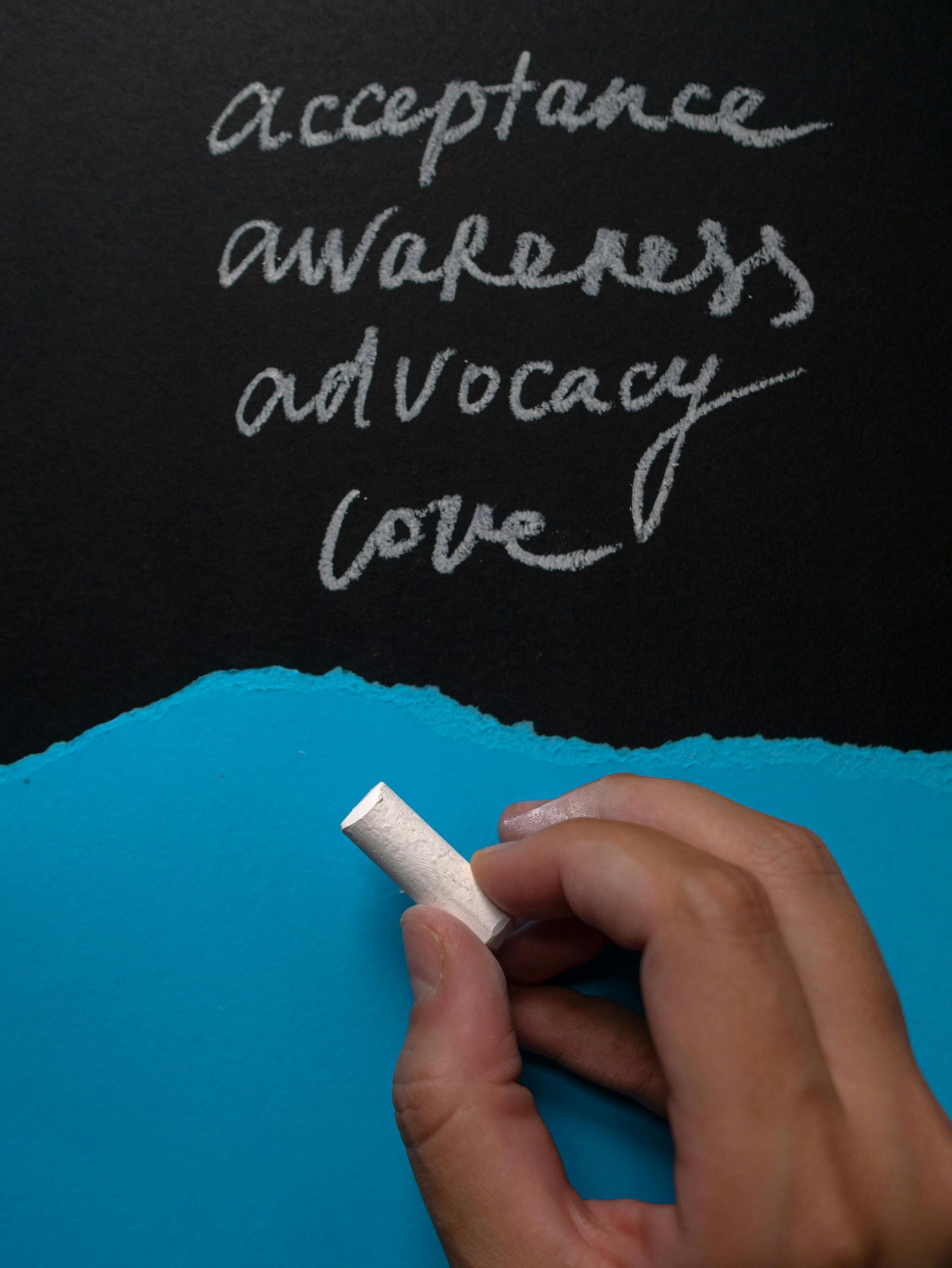Understanding ABC Data: A Key to Managing Behavior Effectively
As a parent or caregiver, you may often wonder why certain behaviors occur and how best to support your child’s development. Truly understanding your child's behavior is key to creating an environment where they feel heard, supported, and empowered to thrive. One of the foundational tools in Applied Behavior Analysis (ABA) that helps achieve this understanding is ABC data collection. This structured approach to observing and analyzing behaviors allows parents and professionals to recognize patterns, gain insight into the child’s experiences, and develop interventions that are both effective and responsive to their needs.
What is ABC Data?
ABC data collection is a systematic way to observe and record behavior patterns to determine why certain behaviors occur.
ABC stands for:
- Antecedent: The event or situation that occurs immediately before the behavior.
- Behavior: The specific action or response exhibited by the individual.
- Consequence: The event or outcome that follows the behavior.
By systematically recording these components, ABC data collection helps identify patterns and understand the function behind a behavior. This insight is essential for developing effective behavior intervention plans (BIPs) and promoting positive behavior changes while also considering the child's needs, wants, and lived experiences.
Why is ABC Data Collection Important?
Collecting ABC data offers several benefits, including:
- Understanding Environmental Influences: Identifying what triggers and reinforces a behavior helps caregivers and professionals create supportive environments that encourage positive behaviors.
- Developing Effective Interventions: Accurate data informs personalized strategies that address the root cause of behaviors. By understanding the function of a behavior, interventions can be designed to teach alternative skills in a way that resonates with the child.
- Monitoring Progress Over Time: Ongoing data collection allows families and professionals to track changes, assess the effectiveness of interventions, and make adjustments that align with the child’s growth and needs.
How to Collect ABC Data
Implementing ABC data collection involves several steps:
- Observation: Carefully watch and note the antecedent, behavior, and consequence each time the behavior occurs. It is important to remain objective and focus on observable actions rather than assumptions or emotions.
- Documentation: Use a structured data sheet to record observations, ensuring consistency and clarity. Many ABA professionals provide templates to make the process easier for parents and caregivers.
- Analysis: Review the collected data to identify patterns, which can inform the development of intervention strategies. Look for trends in antecedents and consequences to determine possible functions of the behavior.
Example of ABC Data Collection
Consider a scenario where a child throws a toy:
- Antecedent: Parent is on the phone and not paying attention to the child.
- Behavior: Child throws the toy across the room.
- Consequence: Parent ends the call and scolds the child.
In this case, the data might suggest that the child throws toys to gain attention. Recognizing this pattern allows for the development of strategies that help the child express their need for attention in a more constructive way.
Common Functions of Behavior
Behavior analysts categorize behaviors into four main functions:
- Escape/Avoidance: The behavior helps the child avoid or get away from an undesired task or situation.
- Attention-Seeking: The behavior is used to gain attention from others.
- Access to Tangibles: The behavior occurs to obtain a desired item or activity.
- Sensory Stimulation: The behavior provides internal reinforcement, such as self-soothing through repetitive movements.
Understanding these functions helps caregivers and professionals design interventions that respect the child’s experiences while encouraging positive behavioral alternatives.
Tips for Parents on Implementing ABC Data Collection at Home
Parents play a pivotal role in ABC data collection by:
- Consistency: Regularly recording behaviors to gather sufficient data for analysis.
- Objectivity: Focusing on observable actions without inferring intent or emotions.
Collaboration: Working with ABA professionals to interpret data and develop effective interventions, while also prioritizing the child’s voice, ensuring they are heard, understood, and supported.
Final Thoughts
By using ABC data collection, parents and caregivers gain deeper insight into their child’s behavior, allowing them to provide meaningful support that fosters learning and positive development. Understanding behavior patterns enables families to implement changes that enhance their child’s social experiences and overall well-being.
If you’re looking for guidance on effectively collecting and analyzing ABC data for your child, our team of experienced professionals is here to help. We specialize in behavior analysis and intervention planning tailored to your child’s unique needs. Contact us today to learn more about how we can support your family’s journey toward positive behavior change.










